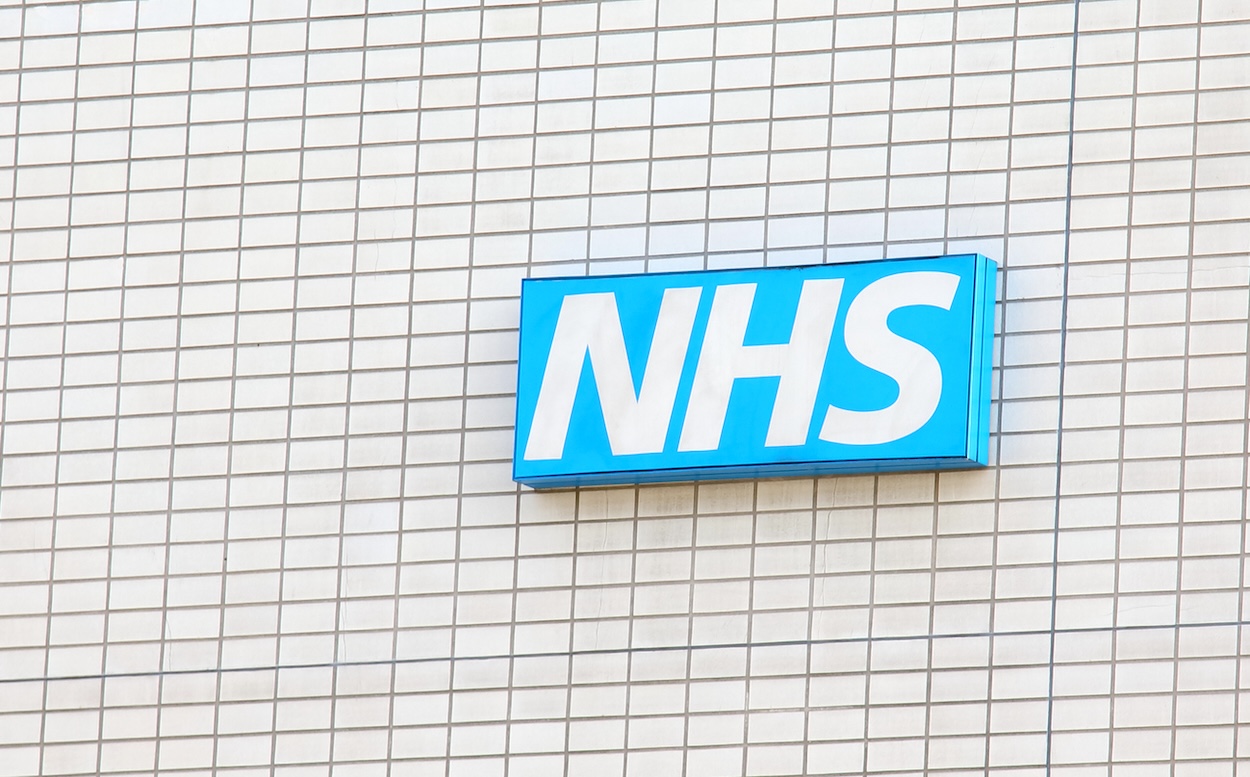The NHS England waiting list has fallen for a fifth month in a row: to 7.54 million in February, down from 7.58 million in January. Since September last year, the overall waiting list has fallen by nearly 200,000 treatments, the ‘biggest five-month fall…in over ten years outside of the pandemic’ according to the Department of Health. So why is no one celebrating?
The problem for the government is not the trajectory of the waitlist, but the total number of appointments on it. While the NHS waitlist appears to have peaked last autumn, there are still hundreds of thousands more appointments on the list compared to when Rishi Sunak promised, at the start of 2023, to make the waitlist one of his five key priorities.
In January 2023, the Prime Minister announced that the NHS waitlist ‘will fall and people will get the care they need more quickly’. At the time, the NHS waitlist stood at 7.2 million appointments. This was an unprecedented figure, which had surged by several million after the pandemic rules – and ‘stay at home’ messaging’ – were lifted in 2021. After Sunak made his pledge, the NHS waitlist continued to rise for a variety of reasons – including repeated strikes by medical staff, as well as more patients presenting with ailments post-pandemic – which saw the waitlist peak in September at 7.77 million. So while the government can boast about a falling total figure now, the waitlist has roughly 300,000 more appointments on it than when Sunak first promised to get that number falling (which was supposed to happen by the end of last year).
There seems to be growing appreciation for how these two factors have contributed to creating a record-high wait list. NHS England reports the ‘busiest ever year for A&E services, with figures showing 26.2 million patients coming through the hospital front door (April to March), up 5.7 per cent on 24.8 million pre-pandemic.’ In February, the number of treatments delivered were up by 9 per cent compared to the same month in 2019. Still, the number of patients waiting on these treatments – 6.29 million – remains unchanged from January this year, as strikes counteracted some of these gains. Public support ‘slipped’ for the junior doctor strikes at the start of 2024, as YouGov unveiled a ‘nine-point decline’ in support: 50 per cent of the public remained supportive of the strikes, compared to 43 per cent opposed. Just this month NHS consultants finally agreed to a new pay deal, despite their strikes struggling more to get public support.
But none of this has absolved ministers of the role the public feel they have (or haven’t) played to reduce the waiting list faster. This was acknowledged by the new Health Secretary Victoria Atkins this morning, even before the new set of numbers was announced. Asked on BBC Radio 4’s Today programme about the Prime Minister’s failure to make good on last year’s pledge, Atkins acknowledged it has not been achieved, noting that ‘of course we know… they’re waiting, they’re in pain, in anguish. We absolutely understand that.’
One of the political difficulties around healthcare is that, even if the data is telling a slightly more positive story, people tend to believe what they experience personally. With a near-record high number of appointments still outstanding, it makes it difficult to accept the narrative that the situation is improving. It also makes good faith harder: this morning in the data update, it was noted that ‘changes were made to the way community paediatric waits were reported this month, moving them to the community health services dataset, removing around 36,000 pathways from the total waiting list.’ This means that patients who are being treated by community services are no longer counted on the waitlist – but that doesn’t mean they weren’t still waiting in February, potentially for months on end.









Comments